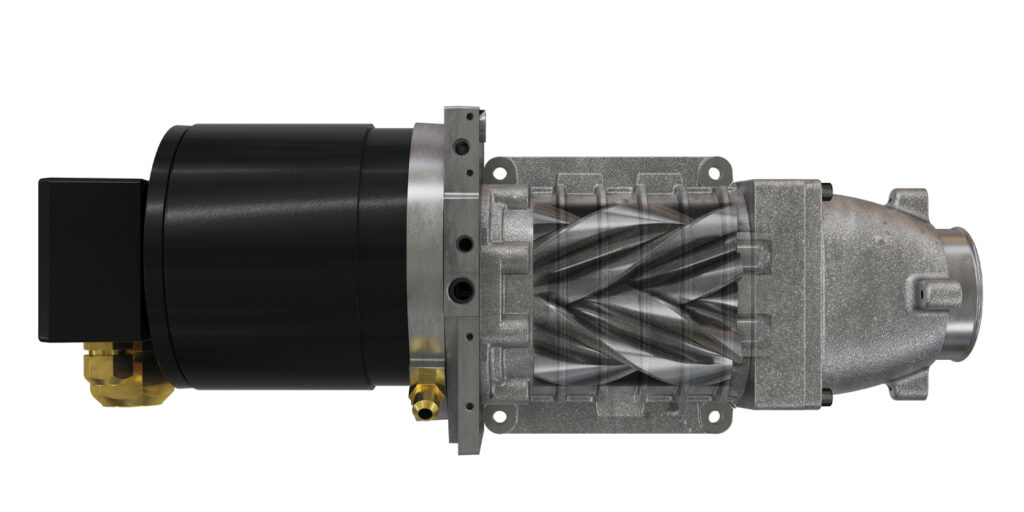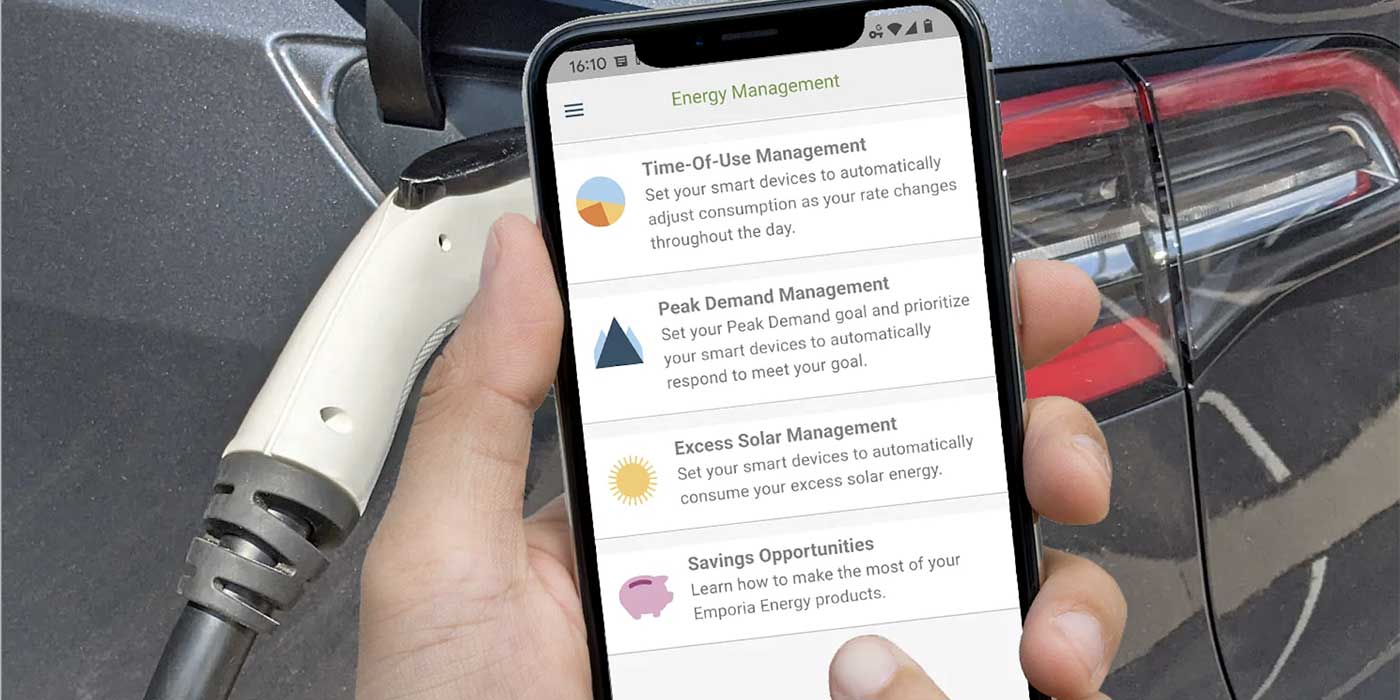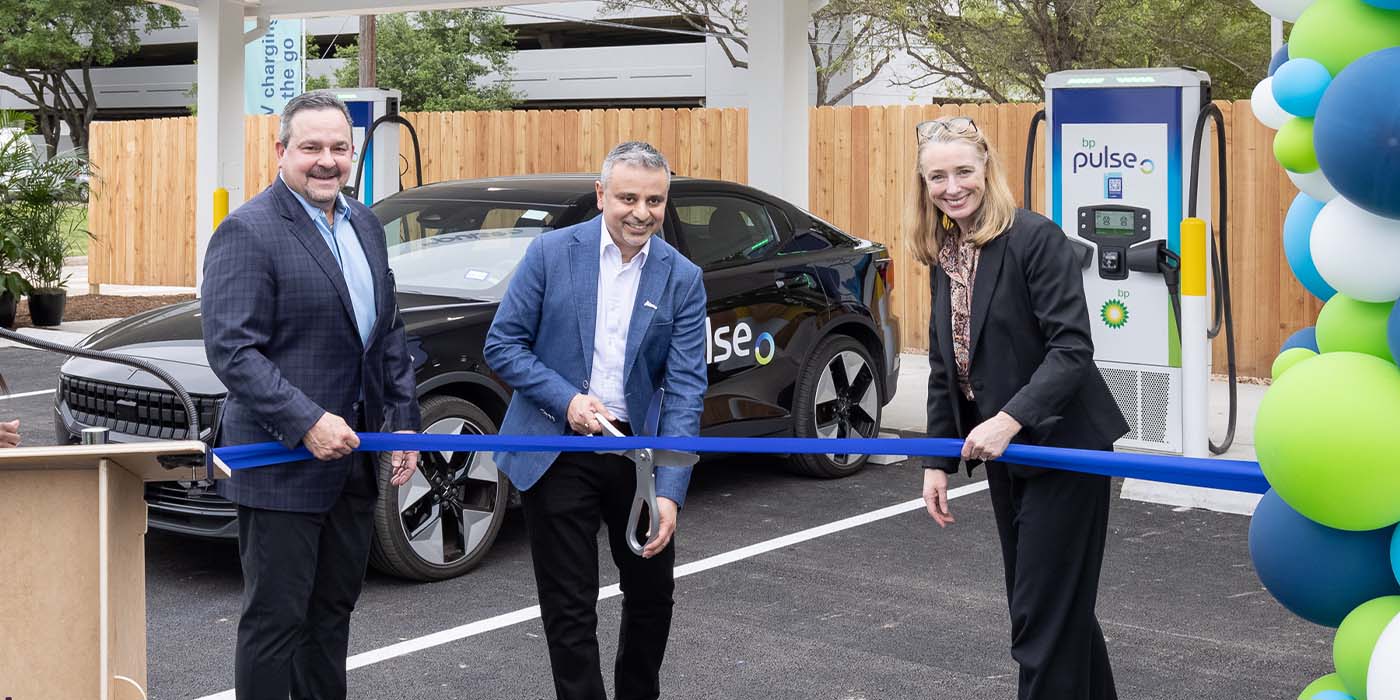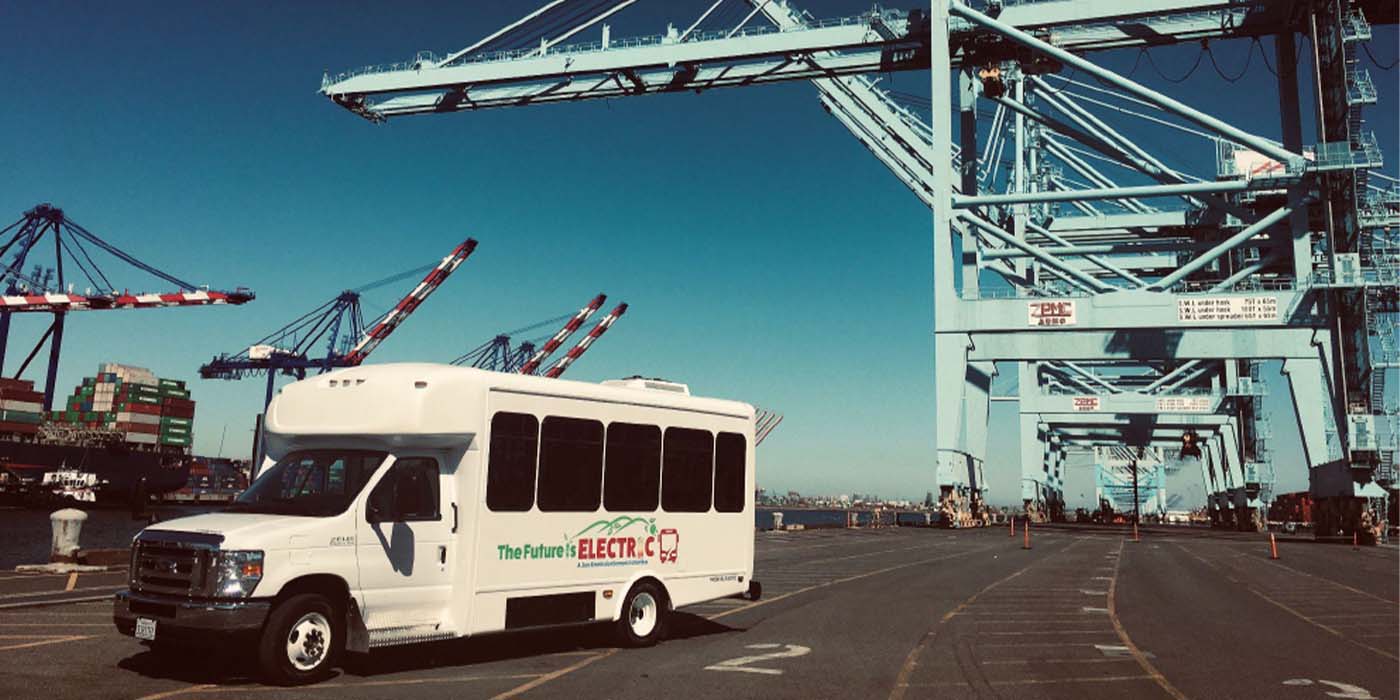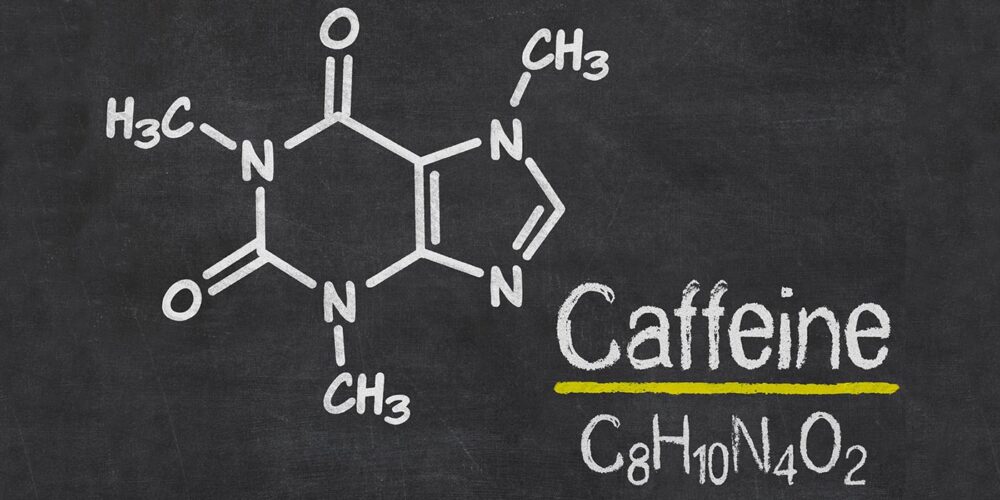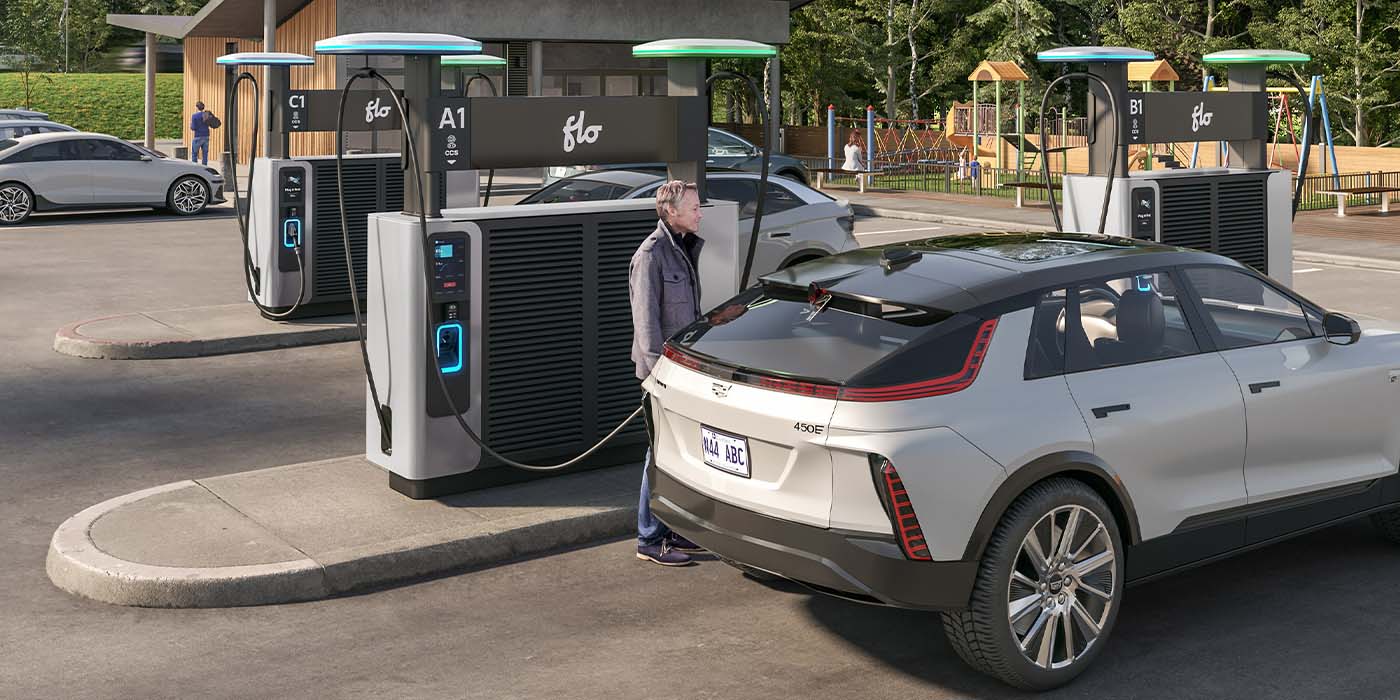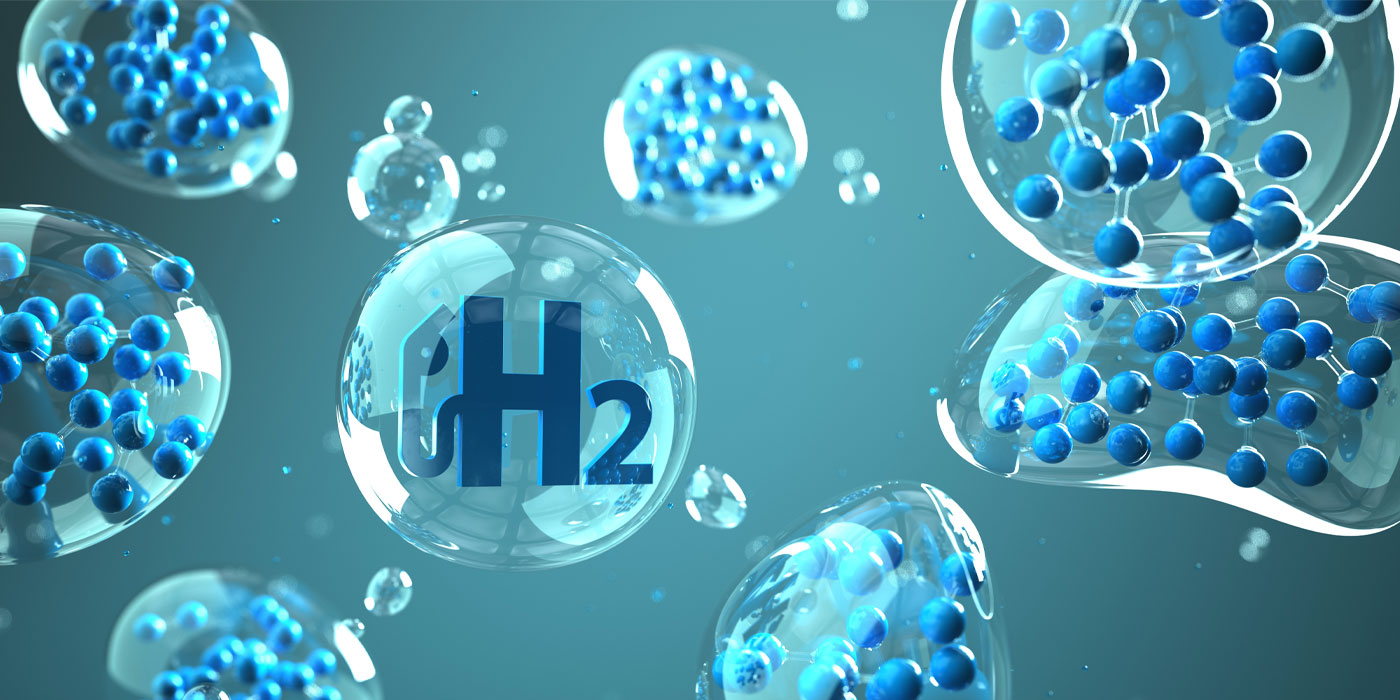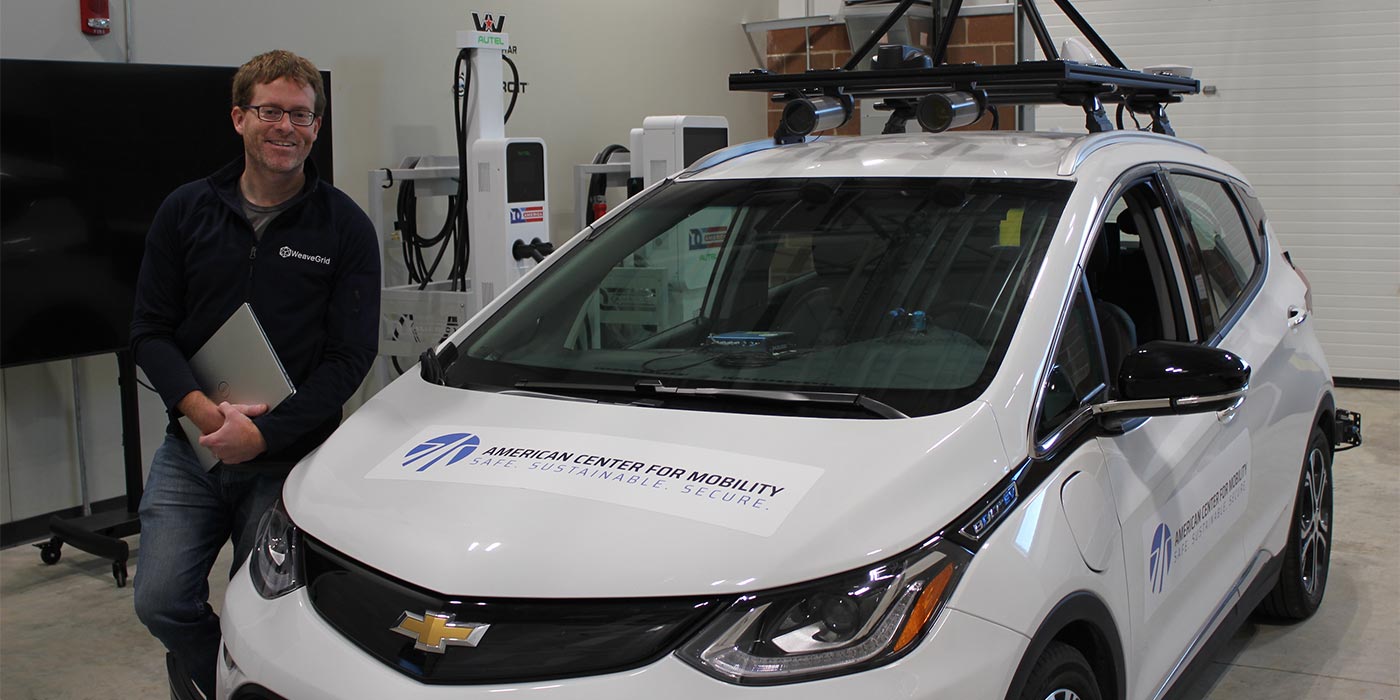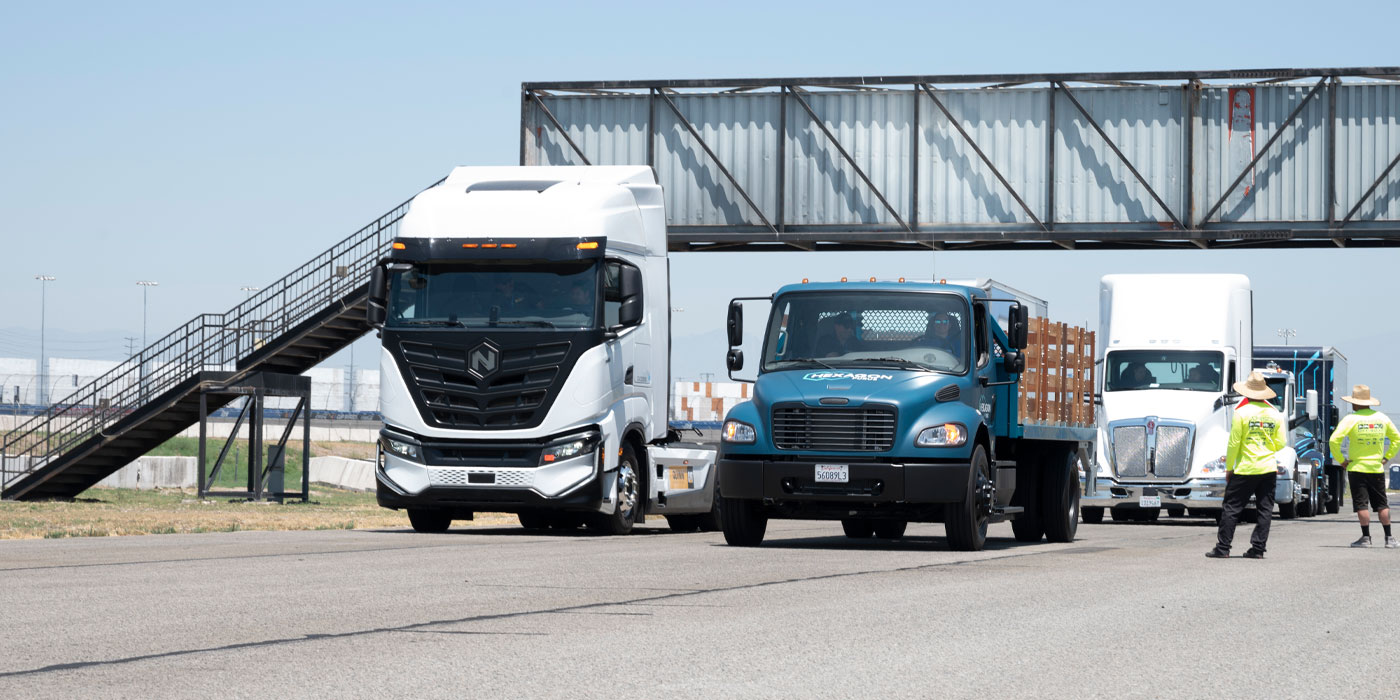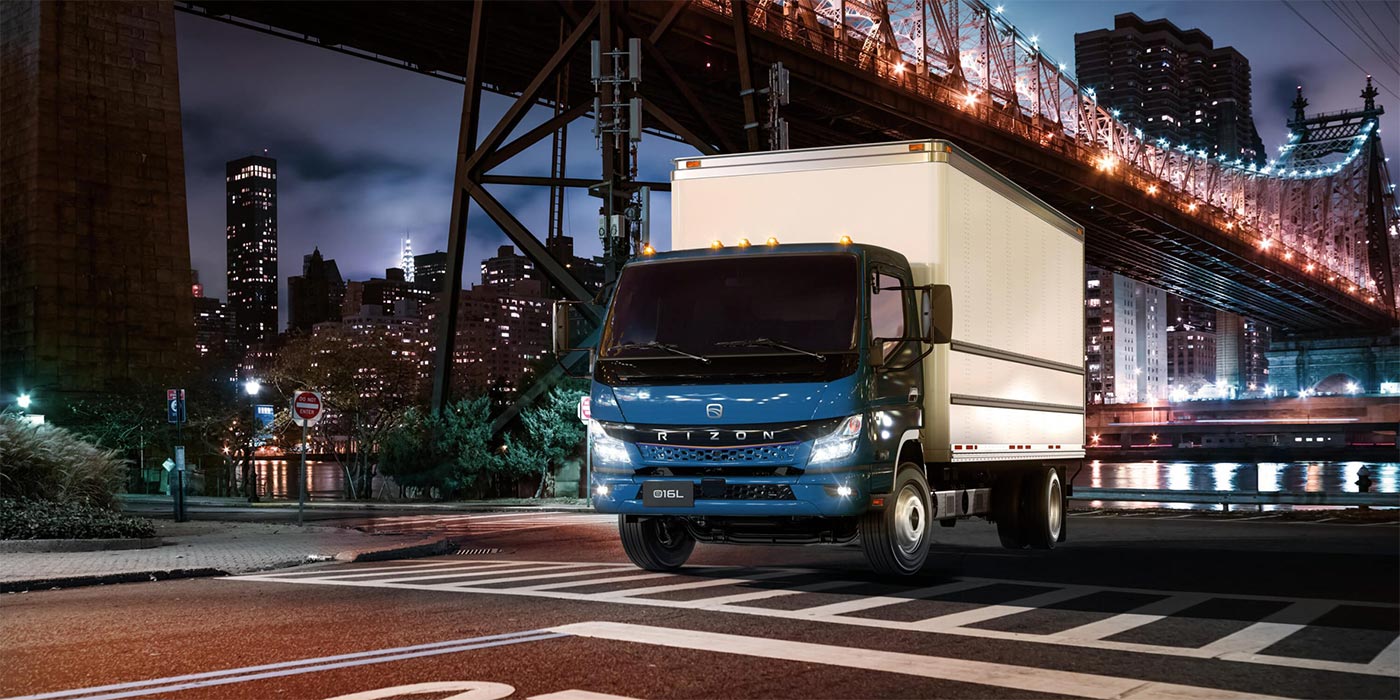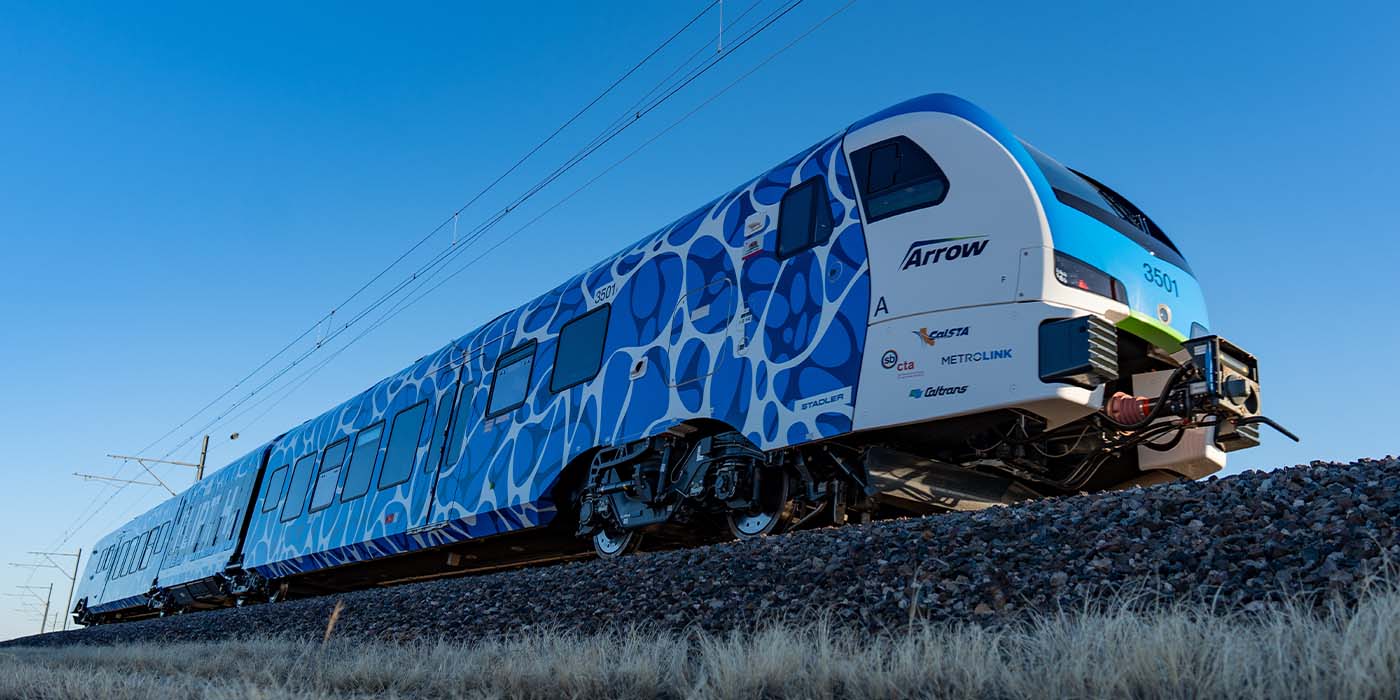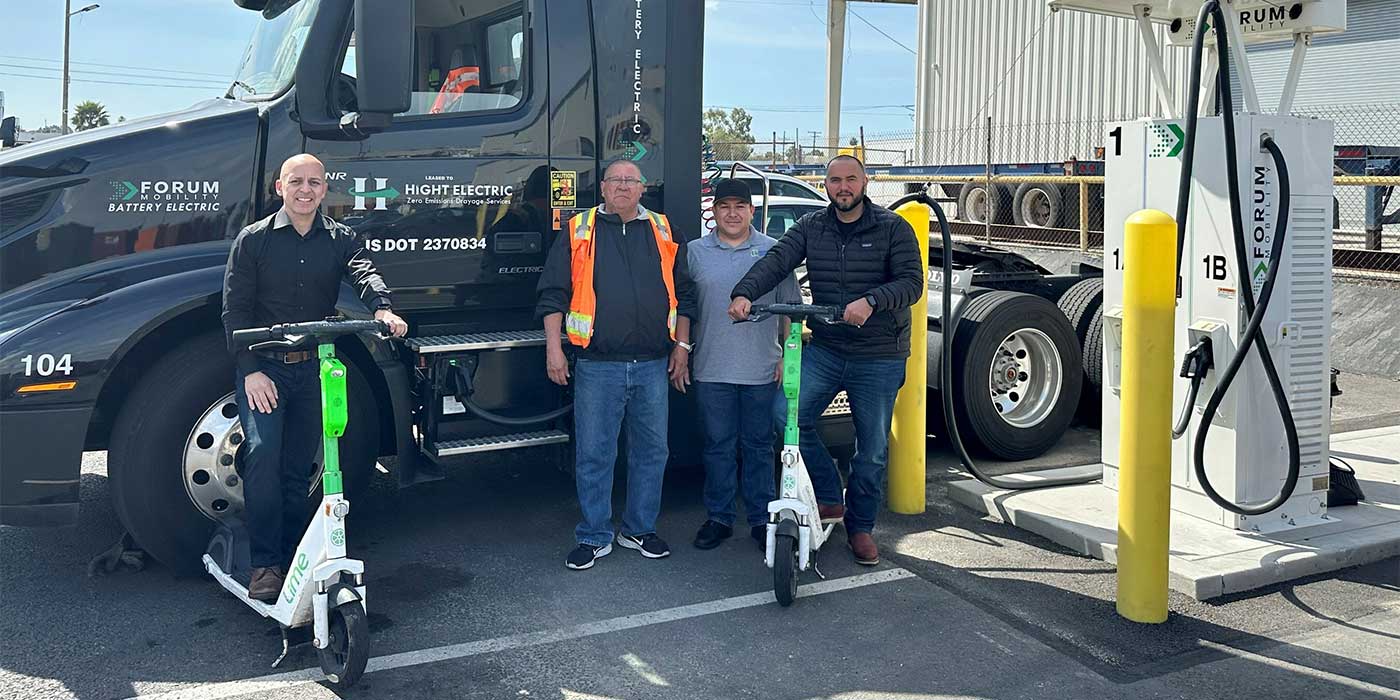Eaton‘s vehicle group has partnered with fuel system manufacturer Ballard Fuel Cell Systems and the Department of Energy’s National Renewable Energy Laboratory (NREL) to develop heavy-duty truck fuel cell technology. The partnership is the result of a grant Eaton’s Vehicle Group received from the U.S. Department of Energy to develop highly efficient hydrogen fuel cells capable of powering heavy-duty machinery.
The new fuel cell technology will leverage Eaton’s Twin Vortices Series (TVS) technology to improve fuel efficiency. Eaton will leverage its corporate research labs in Golden, Colorado, and Additive Manufacturing Center of Excellence in Southfield, Michigan, to produce the technology, using power electronics and 3D printing. Eaton says its vehicle group will design and test a sub-scale, proof-of-concept system prototype utilizing its TVS technology that delivers a significant reduction in air system power consumption and fuel cell efficiency for heavy-duty truck applications.
Eaton says its TVS technology is ideal for harsh environments, as it can tolerate water, has operating maps with broad efficiency, and provides accurate airflow control in proportion to speed. These properties enable a water applicator to replace the humidifier to achieve higher operating pressure ratios and isentropic efficiencies.

